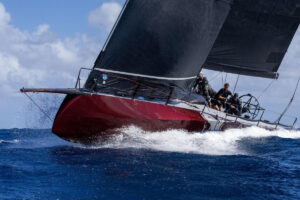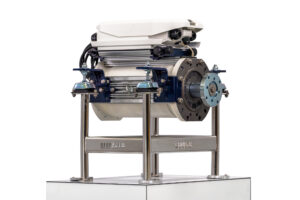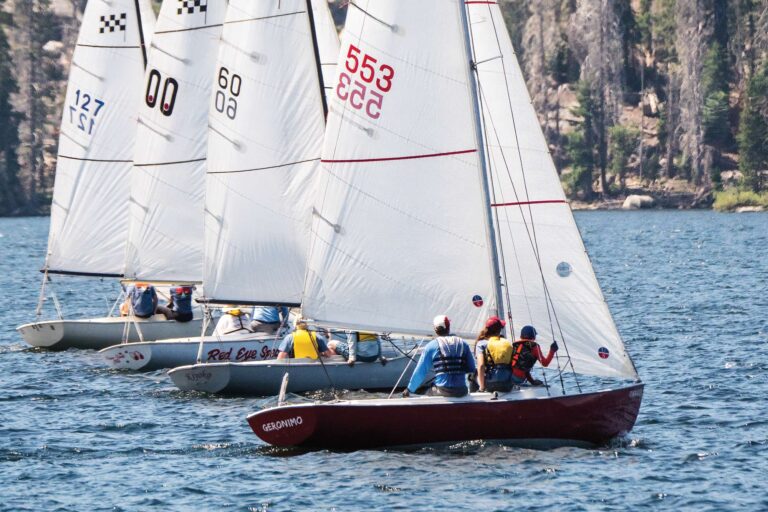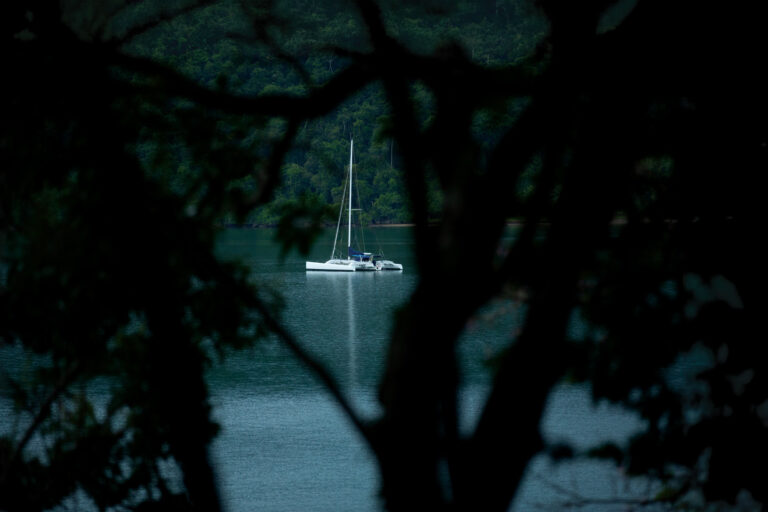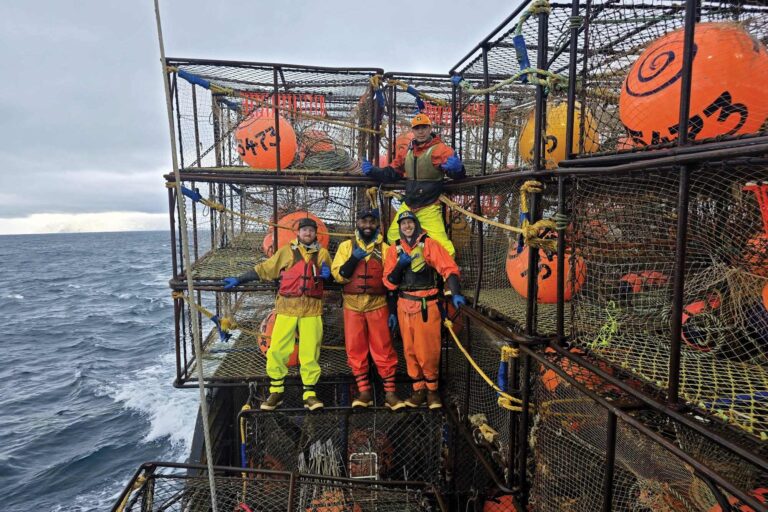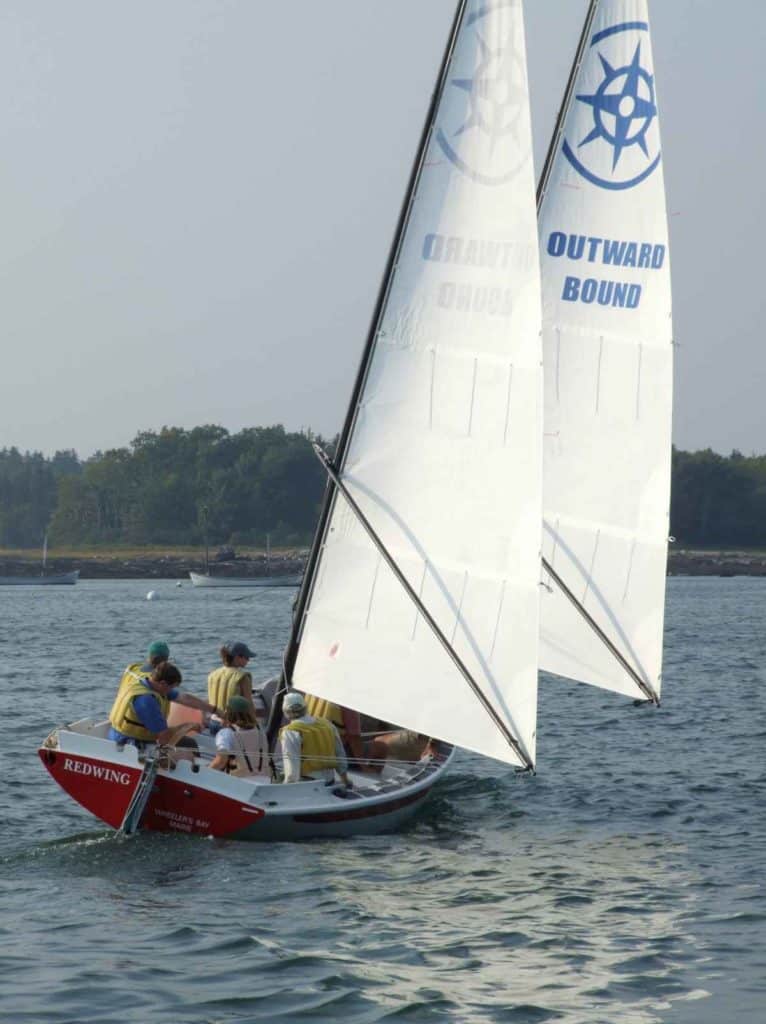
Outward Bound’s anchor is firmly planted in the way the sea and sailing can build character. Begun in Great Britain to enhance survival rates among young sailors during the onslaught of U-boat attacks during the early years of World War II, Outward Bound sired an international movement in adventure-based education that also took off in the United States. One of the best-known programs, at Hurricane Island, Maine, was the site of the founding of Outward Bound’s sea progam and served more than 25,000 students over 45 years.
Kurt Hahn, the inspirational father of Outward Bound, points out that many intelligent, knowledgeable people have been among the world’s most heinous characters. Knowledge was but a derivative goal of Hahn’s educational approach. Building character that balances self-reliance with compassion is far more important, and character can be fostered through the physical challenges of an expedition, especially one shared. Like Victor Frankl, Holocaust survivor, Hahn understood that people’s inherent need for meaning surpasses their need for entertainment, and that, ironically, meaning can more easily be found through wilderness adventures, where one is challenged and even suffers.
As a platform for this challenge, Outward Bound in 1965 launched its iconic Cy-Hamlin designed “lifeboat,” more accurately an amalgam of influences, including those of Coast Guard surf boats. These heavy double-enders exceeded expectations, but times change. Outward Bound now operates with a more centralized administration throughout its myriad American sites, and with new programs, many of which are briefer than before and with hipper focus for youth.
The sailing program always was known for forcing students to rise at early hours, plunge into frigid Maine waters, haul on heavy oars, ascend rock cliffs, and generally face isolation, discomfort, and fear. Most of these aspects remain, but among the program’s new tools are a fleet of boats designed by Rodger Martin and colleague Ross Weene, launched in September 2007 at Outward Bound’s new campus at Spruce Head, Maine. Spruce Head replaces Hurricane Island.
Martin; Hamlin; Landon Fake, Atlantic region program director; instructors; and board members all echo the same sentiment: “The Outward Bound message remains as relevant today as it did in 1941; it is not about the boats; it’s about the program.” But increasing maintenance demands from the old boats, some requiring complete rebuilds, and competition from other adventure programs, including sailing schools with more exciting sailboats, have forced Outward Bound itself to shove off into the 21st century.
Rodger Martin’s design was chosen unanimously from numerous proposals because he tried not to copy the old boat but to supply the best solutions to current needs, including trailerability, beachability, reduced maintenance, an improved head, and enhanced performance. Especially to better attract young people to and amplify learning at its wilderness sailing program, Outward Bound felt it needed livelier and better upwind boats. Still, Martin is quick to point out: “The design is not revolutionary in any way.” Like Hahn in his educational program, Martin believes in avoiding invention in favor of proven concepts, and Martin has long admired sharpies for their capabilities in shoal and deep waters.
The new sharpie-inspired vessel maintains or improves on most of the features of the old. Although the topsides of the new 30-foot hull are rounded, its flat bottom allows stable beaching. A solid glass laminate and skid plate of high-molecular-weight plastic protect the hull bottom from rocks. Twin carbon fiber masts weigh just 32 pounds each, allowing crews to easily pluck them out for passing under bridges or trailering. The 8.5-foot beam allows easy road transport to Outward Bound’s site in the Florida Keys. The foremast is set farther aft than a typical sharpie, to facilitate students passing around it to the anchor well/lookout in the bow. The masts’ flex tends to act like shock absorbers during wind gusts, but when the wind really grows, crews will reef the aft sail first, allowing the center of pressure to leap forward compared to a typical sloop, keeping the boat balanced.
The sails’ sprits eliminate head-knocking booms and can be eased as far forward as desirable to run wing and wing, even at a broad reach. There is no need for winches. When there is no wind, the carbon oars are extremely easy to handle compared to the old ash poles. Webbing loops surround oars and slip over simple thole pins set into the gunwales, eliminating hardware and repairable virtually anywhere. Each student now has his or her own seat with gear storage underneath. A central passage makes moving about in the boat much easier than in the old. The stern sheets now provide an onboard classroom, allowing all aboard to gather around the instructors to learn navigation, sailing, and other skills.
Much has been made of the importance of the new enclosed head. Gone is the “bucket and chuck it,” and its replacement, the later Porta Potti. Students now need not struggle with conflicts about doing their business in front of others or hidden behind a bit of cloth held up, and Outward Bound can better promote one of its goals of teaching environmental stewardship.
But the biggest change in the boat comes from Martin’s capacity for producing sparking performers. Cored glass topsides reduce weight. The narrowish hull lacks the hollows of the old boat and makes little fuss. Even with 700 pounds of internal ballast, students are more likely to hike out and play with sail trim than in the old boats because trim changes produce immediate and noticeable responses, though with full crew and with the boat slightly heeled, she appears very firm on her feet.
Although the boat’s side decks prevent water from getting shipped until she heels 38 degrees (compared to the old boat’s 28 degrees), the new boat also is now self-rescuing, with watertight compartments under the sole and self-draining scuppers. Though the new boat needs but a zephyr to move under plain sail, students can even set twin staysails in light airs. Modern high-efficiency foils hone upwind performance, including a 200-pound centerboard and elliptical kick-up rudder that is usually canted just a tad forward of vertical to provide a finger-light helm. The foils can be lifted substantially to allow navigation in very skinny water.
Rodger Martin remains humble in view of Hamlin’s success. He acknowledges the challenge to match Hamlin’s enviable record: “These boats have served their purpose for 40 years and carried 25,000 students without a single fatality or loss of boat.” Still, the Hurricane Island 30’s obvious abilities inspire one to contemplate just how well a version of it would make an ideal coastal cruiser for any salt intent on exploring one’s outer world and inner capability.
For details about the boat and Outward Bound wilderness programs, log on to the website (outwardboundwilderness.org).

